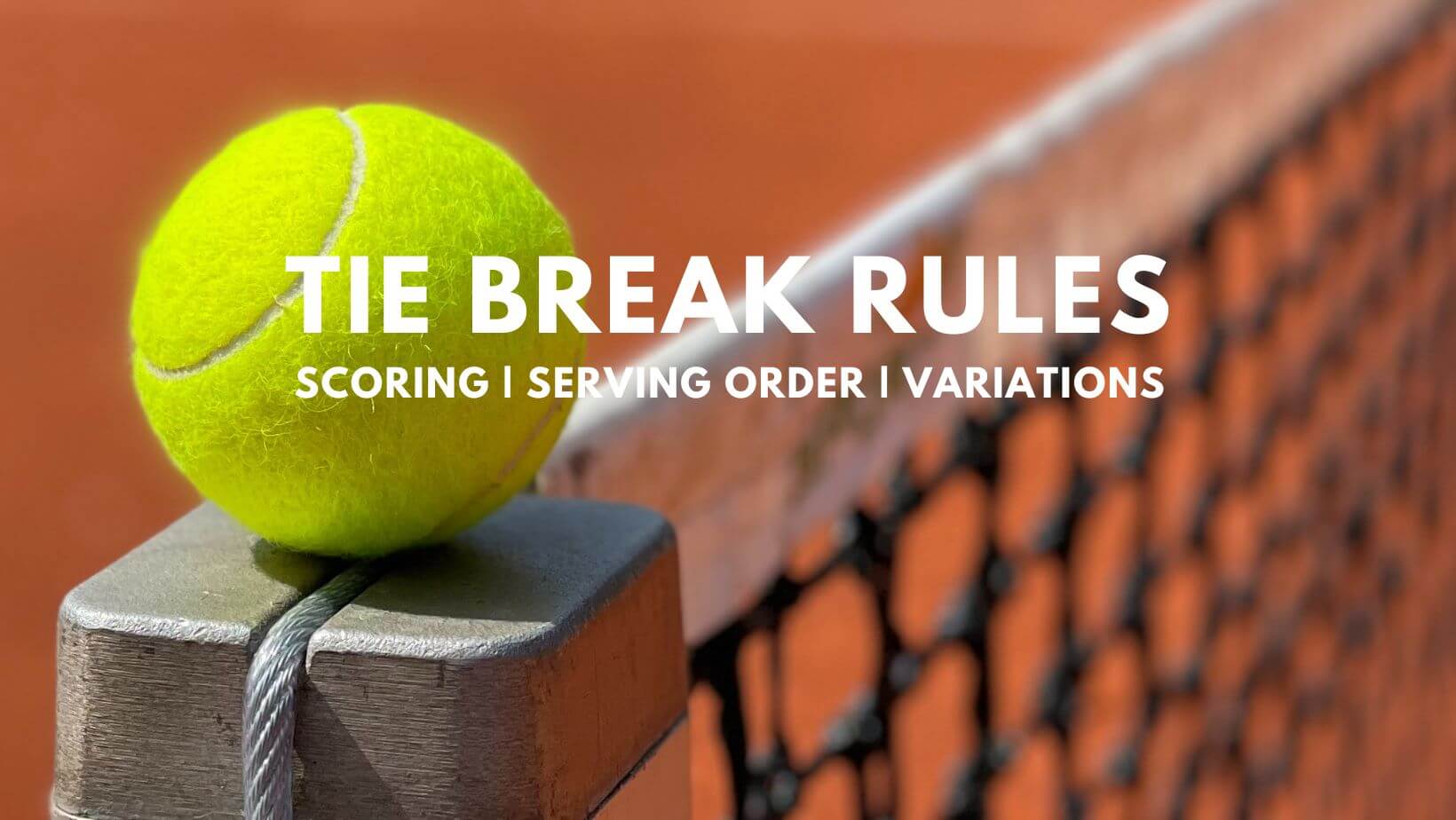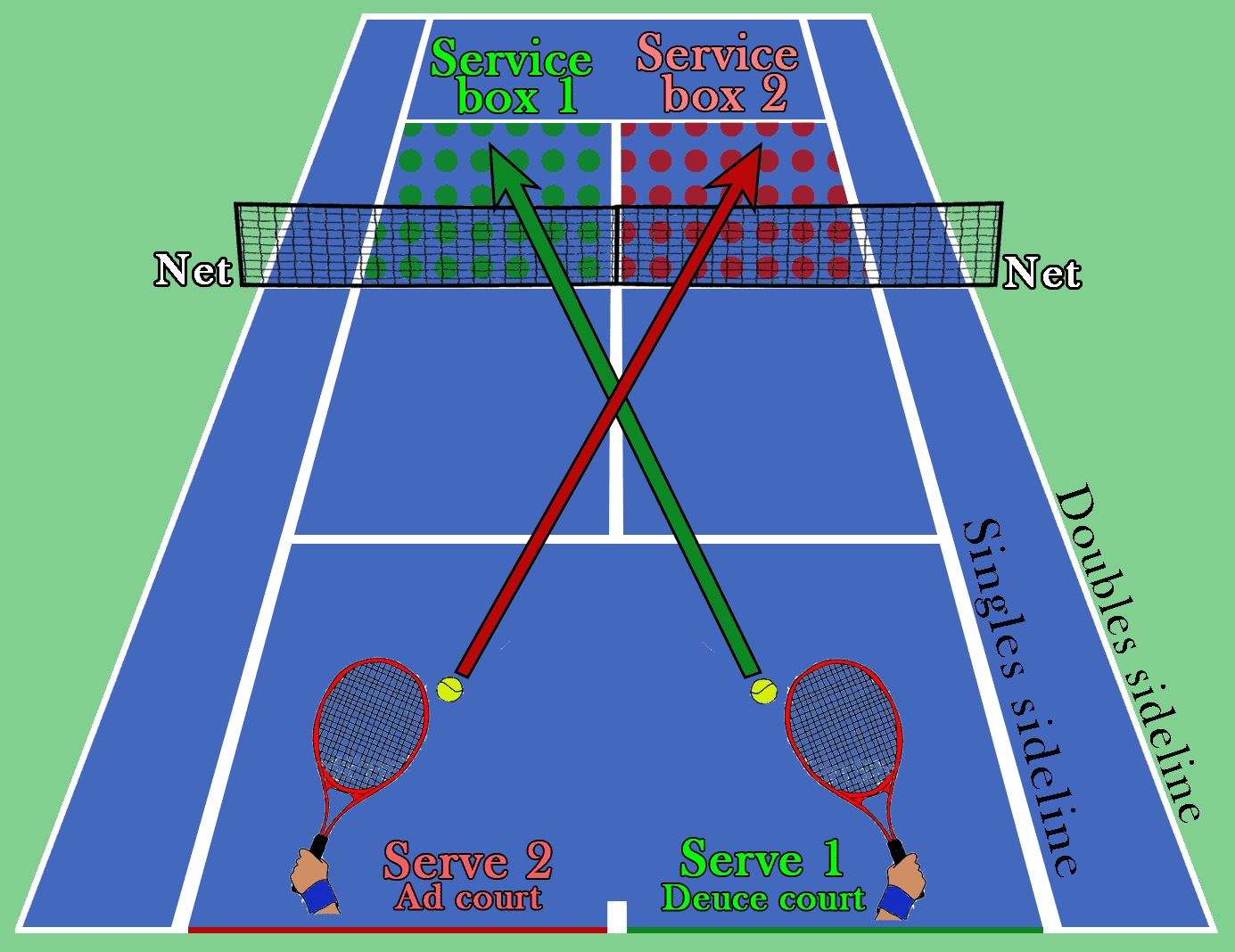Scoring System in Tiebreaks

Tennis tiebreak rules – Tiebreaks, also known as tiebreakers or sudden death games, are unique scoring systems used in tennis to determine the winner of a set when the score reaches 6-6. They are designed to break the deadlock and ensure a decisive outcome.
Tiebreaks in tennis introduce an exciting twist to the game, adding a strategic element to the intense rallies. In the women’s Wimbledon final , the players navigate these tiebreaks with precision and determination. The first player to reach seven points with a two-point advantage emerges victorious, demonstrating the mental fortitude and technical prowess required to triumph in the face of adversity.
In a tiebreak, players alternate serving two points each, starting with the server who won the previous game. Points are awarded using a different scoring system than the regular game.
The tennis tiebreak, introduced in 1971, is a sudden-death format that resolves close sets. Like Kate Middleton , the Duchess of Cambridge, who is known for her grace and poise, the tiebreak demands composure and focus. The first player to reach seven points, with a margin of two, wins the tiebreak and the set.
Scoring System, Tennis tiebreak rules
Instead of the traditional 15-30-40 scoring, tiebreaks use a simple point-by-point system:
- The first point is worth one point, and the server calls the score “one-love.”
- The second point is worth two points, and the server calls the score “two-love.”
- The third point is worth three points, and the server calls the score “three-love.”
This pattern continues until one player reaches seven points. However, they must win by a margin of at least two points. If the score reaches 6-6, the tiebreak continues until one player achieves an 8-6 lead.
Serving Order and Sequence: Tennis Tiebreak Rules

The serving order and sequence during a tiebreak are distinct from the regular game play in tennis. Understanding this pattern is crucial for both players to strategize and execute their serves effectively.
In a tiebreak, each player serves two consecutive points, alternating turns. This pattern continues until one player wins by a margin of two points or more. The serving order is determined by the outcome of the preceding point. If the player who served the previous point wins, they continue to serve. If the opponent wins the point, they take over the serve.
First Serve
The first serve is always delivered from the deuce court, which is the right-hand court for a right-handed player. The server must land the ball diagonally into the opposite service court.
Second Serve
If the first serve is missed or if the opponent returns it, the server gets a second serve. The second serve must be delivered from the ad court, which is the left-hand court for a right-handed player. The server must also land the ball diagonally into the opposite service court.
Winning Conditions and Sudden Death

The tiebreak ends when one player or team reaches seven points with a margin of at least two points. For instance, if the score is 6-6, the player or team that first reaches 8-6 wins the tiebreak. If the score is 7-7, the game enters “sudden death,” where the first player or team to score a point wins the tiebreak.
Sudden Death
In sudden death, the players or teams alternate serving every point. The server must serve into the diagonally opposite service court from the previous point. If the server wins the point, they score a point and continue serving. If the receiver wins the point, they win the tiebreak.